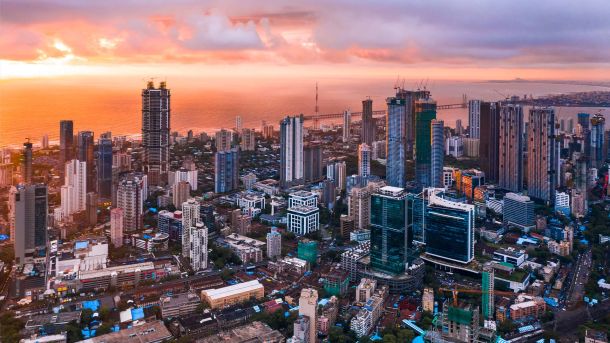South African Economic Performance
GDP, Economic growth and Inflation for 2024Q3

Out of ten sectors, six experienced growth, while general government, transport, storage, communication, and trade sectors faced contractions. The agricultural sector was the largest detractor, with a significant decline of 28.8% quarter-on-quarter, contributing 0.7 percentage points to the overall economic contraction. This downturn is unexpected, especially considering employment in agriculture rose from 896,000 in the second quarter to 935,000 in the third quarter.
On a positive note, manufacturing grew by 0.5%, bolstered by improved Purchasing Managers’ Index (PMI) figures and fewer electricity supply constraints, as evidenced by a 1.6% growth in the electricity sector. The finance sector, the largest contributor to GDP, grew by 1.3%, similar to the previous quarter’s 1.5% growth, adding 0.3 percentage points to help mitigate the slowdown caused by the agricultural decline.
However, the trade sector’s notable slowdown remains concerning. Consumer demand, reflected in this sector, contracted by 0.4% quarter-on-quarter and another 2.0% year-on-year, following a previous 2.0% decline. High inflation, elevated interest rates, and stagnant wages continue to pose challenges for consumers.
For 2024, overall growth is estimated at 0.7%, the same as in 2023, which is insufficient to significantly address South Africa’s high unemployment crisis. However, increased market optimism, reductions in load-shedding, and a 50-basis point cut in interest rates could positively influence economic activity for the remainder of 2024 and into 2025.
Key challenges persist for businesses, and the government must deliver on promises related to policy clarity and tangible progress on structural reforms announced earlier this year. By addressing these key issues, there is potential to enhance business confidence, which is essential for driving higher economic growth in the coming months—something South Africa urgently needs.





